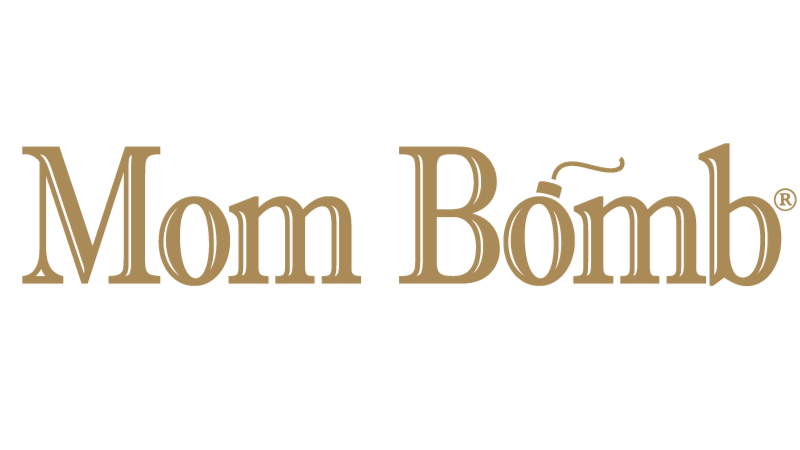The Art of Not Flinching
How to Stay Unbreakable When Someone Tries to Take You Down
Business isn’t just strategy—it's psychology. When you’re building something real, people will smile to your face while quietly plotting your downfall.
I’ve had con artists infiltrate my life. I’ve had people steal from me—money, ideas, energy—and think they got away with it. And every single time, I came back stronger.
But this latest round? The manufacturer incident? That was next-level unethical. This wasn’t a misunderstanding or a bad partnership—it was deliberate sabotage dressed up as business.
A company that calls itself a “manufacturer” took my money, held my orders hostage, and then tried to gaslight me into accepting it. They thought if they froze my supply chain, they’d control the game—push me into panic mode and force me to shut down or crawl back begging.
I had two choices: go out of business or figure it out. I figured it out. I always do.
Because here’s the bottom line: when you’re building a company you’re not just running a business—you’re playing chess with people’s psychology. And when you’re in that kind of game, the only thing that matters is composure. Not anger. Not revenge. Control.
Lesson One: Always Have Options
You never want to be negotiating with one supplier, one investor, or one lifeline. That’s not partnership—that’s captivity.
I already had backup manufacturers vetted and ready. So when this one crossed the line, I didn’t beg or threaten. I redirected my energy.
Within 48 hours, I had a new manufacturer. Better terms. Extended credit. Exclusive partnership. Because power doesn’t come from yelling—it comes from silence and momentum.
Lesson Two: Never Show Your Hand
This is the first time in my adult life that someone royally messed with me—and I didn’t react. I didn’t send the angry email. I didn’t show fear. I let them believe they’d won.
While they’re still celebrating their short-term victory, I’m quietly lining up the long game. By the time I’m done, I’ll likely own the very factory they tried to weaponize against me. That’s not vengeance. That’s justice, scaled.
Lesson Three: Don’t Get in the Arena Unless You’re Ready to Bleed
Let this be a lesson—especially to the “manufacturers” who think a warehouse and an Amazon account make them industry players.
This guy bills himself as a manufacturer. In reality, he’s a digital marketer who got lucky on Amazon and decided to cosplay as a production facility.
You know what he told me? That the number one supermarket in America should “understand that delivery dates are variable based on product formulations.”
I literally laughed out loud. That’s not supply-chain strategy—it’s delusion.
You might fancy yourself the man in the arena, but there’s a difference between stepping into the ring and knowing how to survive the lions. And in this game, I am the lion.
So while he’s still playing e-commerce pretend, I’m out here building national retail systems, closing exclusive partnerships, and structuring deals that will outlive his LLC. That’s what separates the rookies from the real operators.
If you want to play with the big kids, learn the rules of the actual board—because one wrong move and you don’t just lose your piece… you become mine.
Final Thought: Don’t Flinch. Ever.
If you’re a founder building something that matters, this is your reminder: get your backups in place, stay emotionally sober, and never let anyone else control the pace of your game.
Because when your purpose is clean, and your signal is steady, you can’t be taken down. Not by betrayal. Not by money. Not by fear.
I’m still standing. Orders are shipping. And the game continues—only now, I’m playing on a higher level.
Key Takeaways
- Composure is power. You can’t be manipulated if you don’t react.
- Always have backups. Options are the antidote to panic.
- Silence beats noise. Strategy doesn’t announce itself.
- Play the long game. Control your emotions; control the outcome.
Build With Calm Power
If you want more founder frameworks like this—and practical tools that protect your supply chain—join the list or explore our latest resources.













